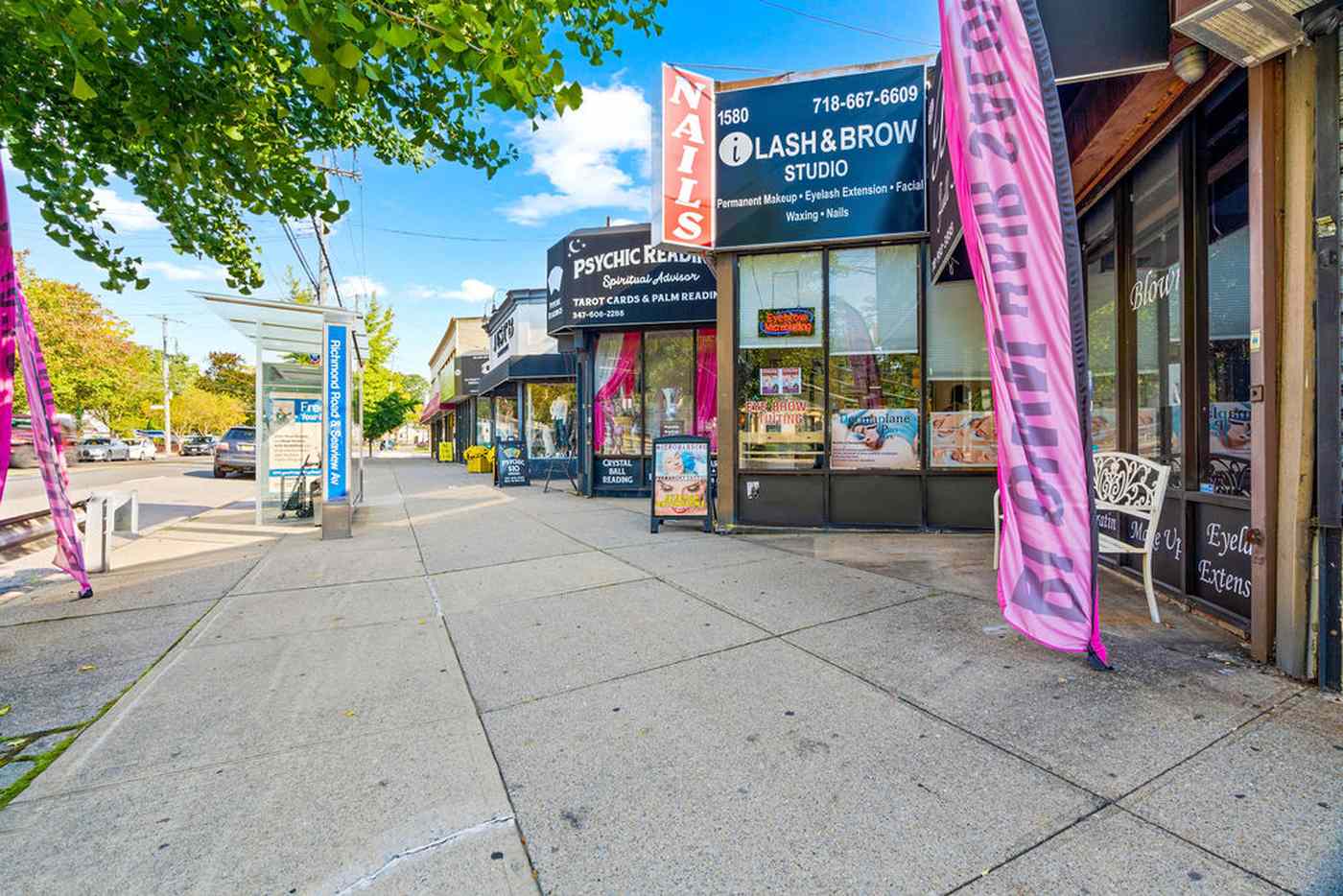1. Prepare Financially to Buy a Home
Before you start looking at homes, scheduling movers and booking a rubbish removal website, it’s a good idea to get your financial house in order. The biggest priority is saving for a down payment.
How much you’ll need on the type of loan you want to get? It depends on the type of loan you are applying for.
For example, the down payment for a Federal Housing Administration (FHA) loan is 3.5% of a home’s purchase price. If you qualify, you may be able to a loan with 0% down payment through the Veterans Administration (VA) or United States Department of Agriculture (USDA). Most conventional loans from commercial banks require a 20% down payment.
2. Review Your Credit Report
The credit history and score will have a significant impact on your ability to qualify for a home loan, and the terms you may be offered. Fixing credit reporting errors and improving your credit score take time, so it’s a good idea to get started as early as possible.
Order copies of your credit reports for free and review them carefully. Look for errors and dispute them as necessary.
3. Improve Your Credit Score
Lenders generally use your credit score to help determine your interest rate and what type of loan they may extend to you.
Start by lowering your credit utilization ratio, which is the amount of debt you have relative to the amount of credit that is available to you. So if you have $10,000 in available credit, and you have $1,000 in credit debt, your ratio is 10%.
Generally, the lower your utilization rate is the better. High credit achievers with scores between 750 to 799 have a credit utilization ratio of 10% or less. Those with scores of 800 or higher use just 4% or less of their credit.
4. Determine How Much Home You Can Afford
Many financial advisors recommend that the monthly cost of your mortgage, interest, taxes, and insurance should not exceed 20% of your gross income. Everyone’s situation is different, so take that number with a grain of salt. The idea is to know that you can easily make your payments each month without getting behind.
5. Get Pre-Approved
Now it’s time to get pre-approved from a mortgage broker. Note that a pre-approval is different than a pre-qualification.
A pre-qualification is a simple process based on verbal information you give to a broker. They review your information and use it to determine a loan amount you might qualify for.
A pre-approval is much more detailed. A broker will review a hard pull on your credit report. You’ll have to provide more information but your pre-approval will carry more weight. When you show a seller’s agent your pre-approval letter, they can take your offer seriously knowing that you should have no problem getting the stated loan.
Final Thoughts on Important Steps to Homeownership
Once you have your finances in order and a pre-approval letter in hand, contact a reputable real estate agent in your area to schedule home viewings. Your agent can guide you through the steps to homeownership. Your realtor and your mortgage broker will be your go-to professionals to help you make an offer on a home and fund the sale.
Check our site often as we publish helpful articles every day.







Leave a Comment